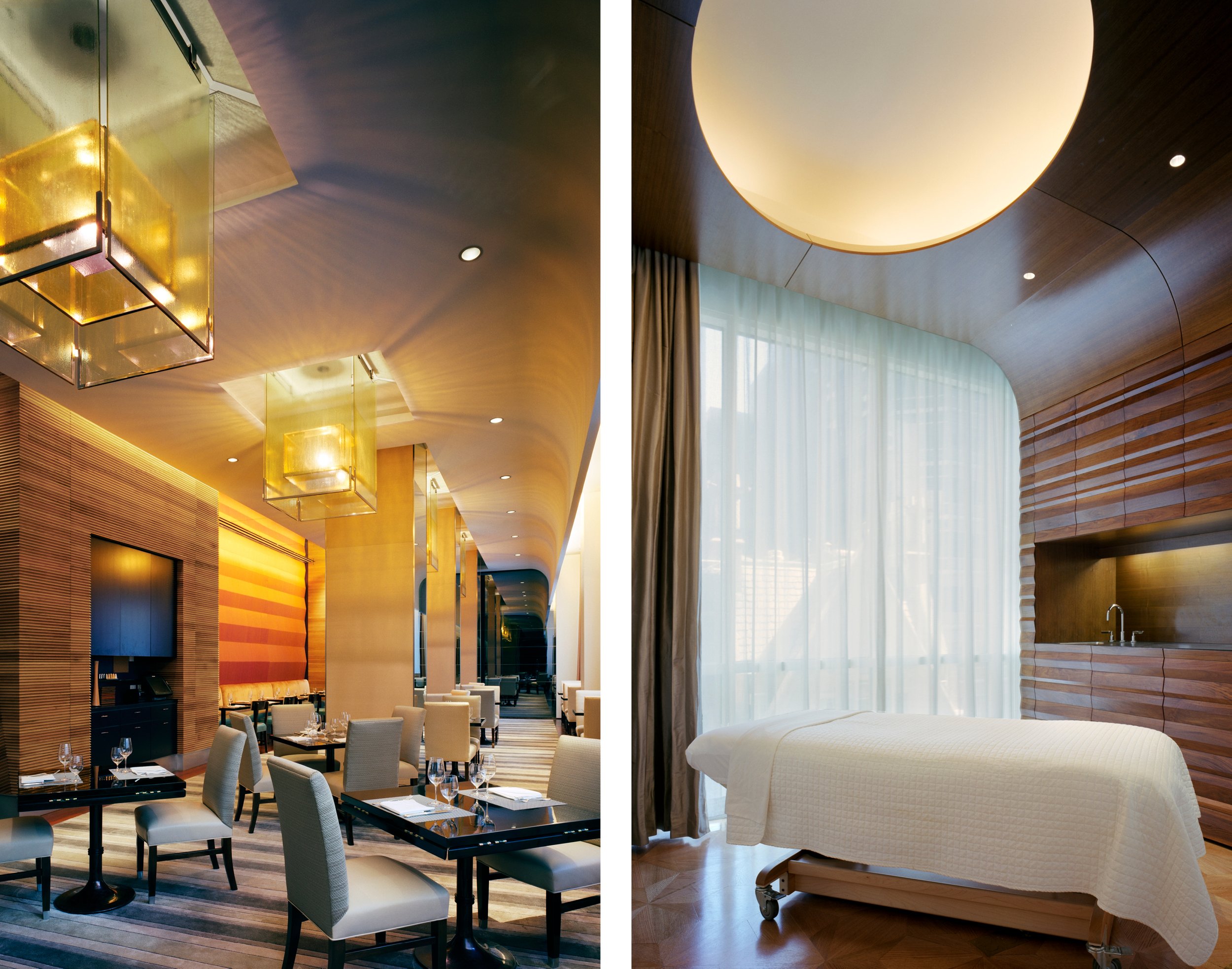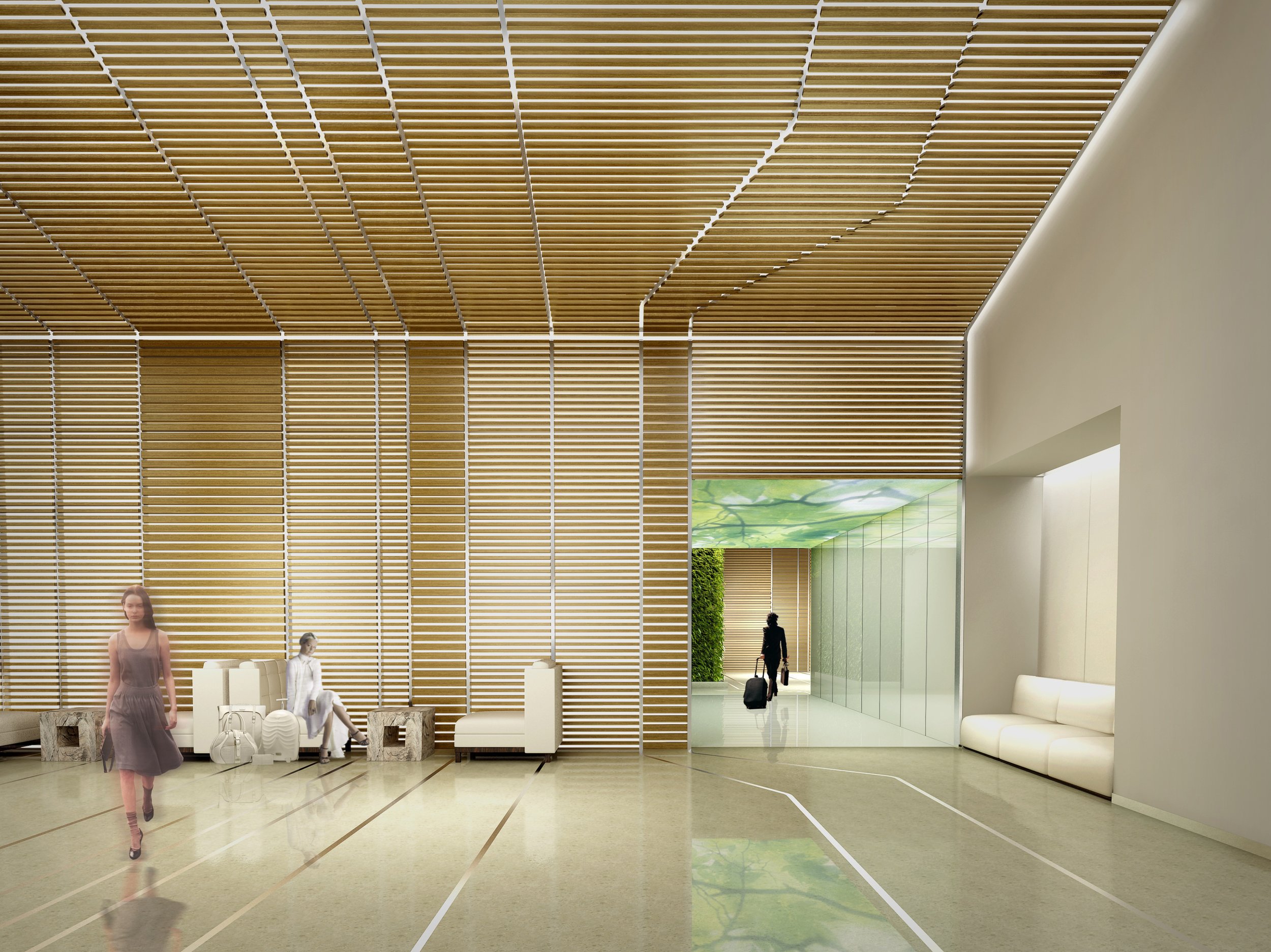
HOSPITALITY
“Hotels are embedded with a fantastical component about the place you go to visit. As such, hotels have their own distinct narrative. While pseudo domestic, they are independent from the real world. SPAN hospitality provides familiar if not extraordinary comforts with a memorable, singular experience.”
SPAN is most often enlisted as strategic partners for projects, manifesting the way in which architecture can and will support the overall visual ambition and phenomenological mission of a space. Our very intensive work, across deeply personal residential and community-driven commercial projects, has equipped us with the ability to cross-pollinate in a fluid way, bringing the best work from each discipline to the fore. This, coupled with our nomadic embrace of global travel, immersing ourselves in hospitality as patrons, has established the studio as an authority in the field of hotel design. From experience comes growth, and coupled with design knowledge comes an evolution of space and place.
With an enriched and informed perspective, we bring an out of the box thought process to designing hotels. Through material palettes, lighting strategies, navigating deadlines and distilling down the design focus, we help clients to celebrate space, maximizing impact for future audiences. The Core Club, a game changer in our portfolio, began a journey for us that traversed the commercial world. It straddled hospitality, commercial and residential - so, we designed within that gap.
The Hyatt Times Square came to the table when the President of Extell Development witnessed our work in action at a party in a SPAN designed residence, as well as seeing the Core Club in the same week. What came from that encounter was an exciting, exuberant journey to create something fresh and future-thinking for this hotel in the heart of the city that never sleeps. It belongs, loyally, to its location. We considered New York City and its overarching civic landscape, combined with boxed-in pockets of parkland. Below: Views of the initial scheme, “Nature In Neon”.
At the Hyatt, the question was, how do we take these natural forms, form the parks of New York City back to their fractural essence, rethinking how they can become geometricized in an urban format? Strategies emerged that contribute to the unique spatial experiences, an adaptation of nature lying between the natural and artificial.
“Our approach to projects is to start with something and keep building upon it. The Hyatt is the embodiment of that SPAN approach. There were two books which we often referenced during the design, Greater Gotham, a social history of New York and Mannahattan, a reverse engineered natural history of the city. And then we utilized our scale-less approach to design, from the vast to the smallest elements, from the lobby, restaurants, and rooms to the door handles and knockers.”
After conception, the lobby retained its continuous “wave” illustrated in bronze and walnut baguettes. The wave curls across the ceiling plane out to the exterior entry court, strengthening the street connection to lobby and onward to interior, overlapping the zones and encouraging interaction.
Inside, the undulating ceiling plane terminates in a wave tube leading to a digital canopy where montages of images of geometrical forms found in nature create a visual interrogation of their presumed dichotomy.
The Spa, a retreat within, has a serene, mineral-like quality. Neutral colors mixed with bold, dark tones help to divide rooms while horizontal lines on stone wall panels throughout the spa create the cave-like oasis.
Unparalleled views of the Hudson River coupled with the brilliant lights of the mid-town entertainment district that encircle the aptly named Bar 54 revealed an opportunity to play with the refection of these recognizable iconic hallmarks. A zone of mirror polished stainless ceiling panels extend natural light into the space, and a variegated wood ‘trunk’ encompasses the lounge core. The ceiling panels are plasma cut with a foliated pattern, a metal canopy of leaves at the top of the city reflecting the twinkling visage below, bringing forth an experiential connection to Times Square and the tops of sky scrapers.
The interior of each room, like the Spa, is a place of quiet repose, a place to contemplate and observe the place you are in, or shut it down and bring elements within your personal grasp. Local artisans are often celebrated in SPAN’s interiors, in this case a compilation of street artists’ works and local furniture manufacturers.
A site specific agenda is what breathed life into the Hyatt. You cannot find it anywhere else in the world, nor would you want to.
“It is a reflection of the neon, digitized world, a kind of Gerhard Richter reflection of the city below.”
Photographers: Hyatt Hotel - Michael Moran, SPAN Architecture; Core Club - Michael Moran
























